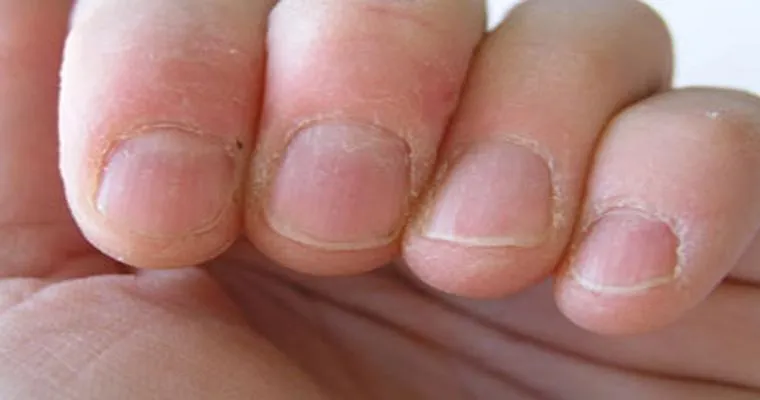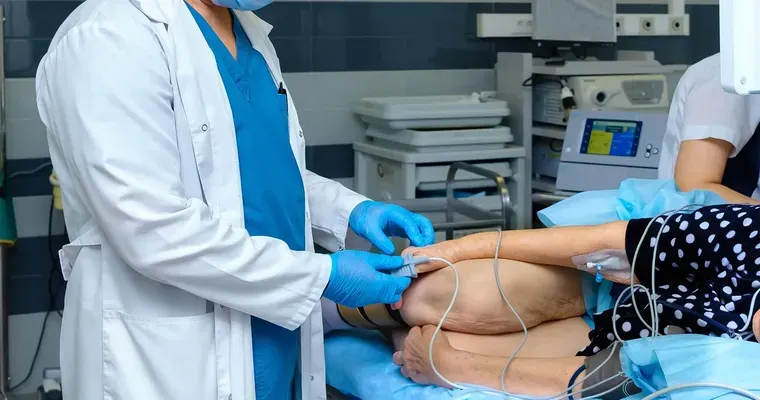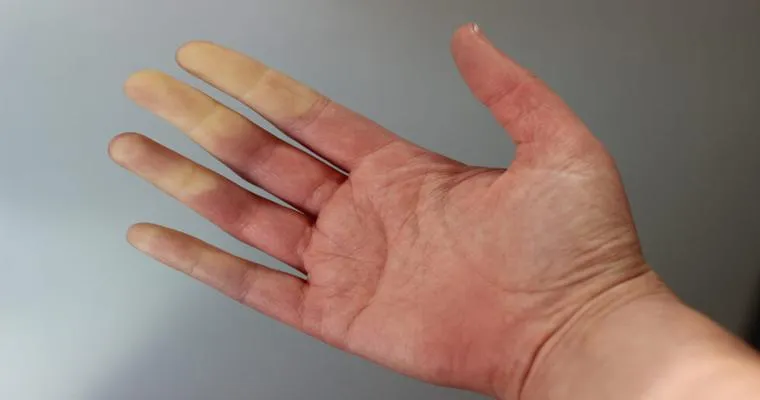As we age, our "fingernails" can serve as a reflection of our overall "health". Changes in their appearance can indicate a variety of underlying "health issues" that may require attention. Understanding the signs that your fingernails may be trying to communicate is crucial for seniors and their caregivers. Here are five key signs that can point to potential "health problems" in older adults.
1. Discoloration
One of the first signs to notice is "discoloration" of the fingernails. Healthy nails typically have a pinkish hue, but when they appear yellow, white, or even blue, it could signal health issues. Yellow nails may indicate a fungal infection, while blue nails can be a sign of poor oxygen circulation. If you notice significant changes in color, it is essential to consult with a healthcare professional.
2. Brittle Nails
Brittle or easily breakable nails can be a common problem as we age. However, if you notice that your nails are becoming increasingly fragile, it could indicate "nutritional deficiencies", particularly a lack of essential vitamins and minerals like biotin or calcium. In some cases, brittle nails may also be a sign of thyroid problems or other underlying health conditions.
3. Pitting or Ridges
The presence of small "pits" or "ridges" on the surface of fingernails can be a cause for concern. Pitting is often associated with skin conditions like psoriasis, while vertical or horizontal ridges can indicate aging or systemic health issues. If you observe these changes, it’s advisable to seek medical advice to determine their cause and appropriate treatment.
4. Changes in Nail Shape
If your fingernails begin to change shape, such as becoming spoon-shaped (concave) or clubbed (rounded), these alterations can be significant indicators of underlying health concerns. Spoon-shaped nails may suggest iron deficiency anemia, whereas clubbing can be associated with lung diseases or cardiovascular issues. Keeping an eye on these changes can help in early detection and intervention.
5. Slow Growth
Lastly, a noticeable decrease in the growth rate of fingernails can signal various health issues. As we age, it is normal for nail growth to slow down; however, if nails are growing significantly slower than before or if they stop growing altogether, it might be an indication of poor circulation, systemic diseases, or other medical conditions. Monitoring nail growth can provide insights into overall health status.
Conclusion
Fingernails can provide important clues about senior health problems. By being aware of the signs of "discoloration", "brittleness", "pitting or ridges", changes in "nail shape", and "slow growth", seniors and their caregivers can take proactive steps to address potential health issues. Regular check-ups with healthcare professionals can help ensure that any concerning changes in fingernails are investigated and managed appropriately. Remember, healthy nails are often a reflection of a healthy body.





